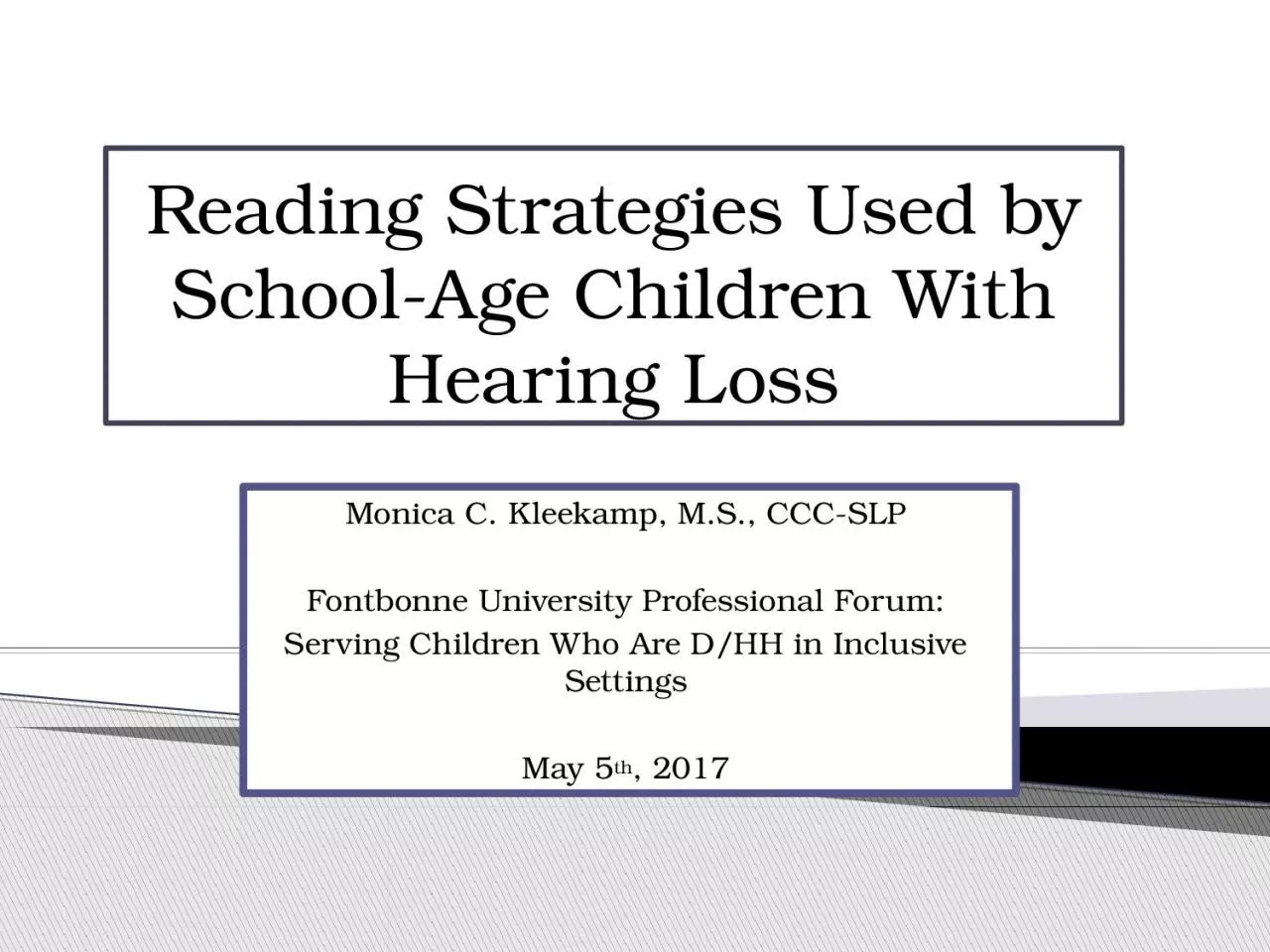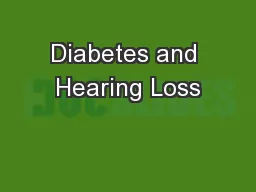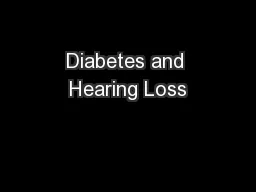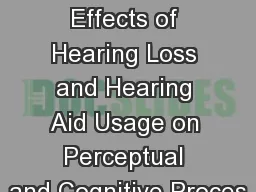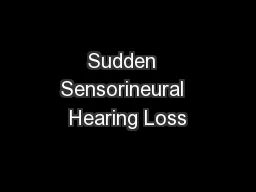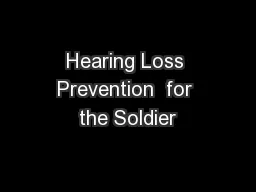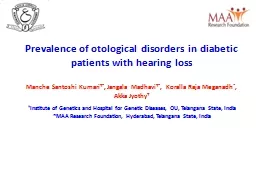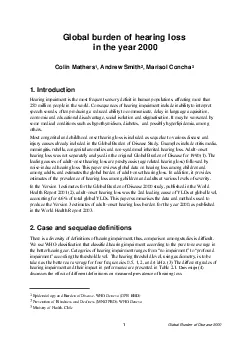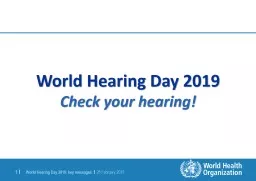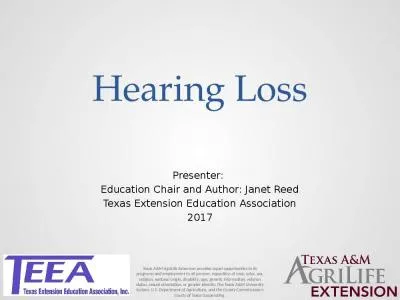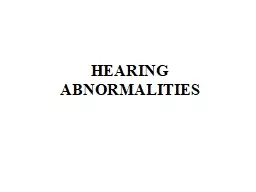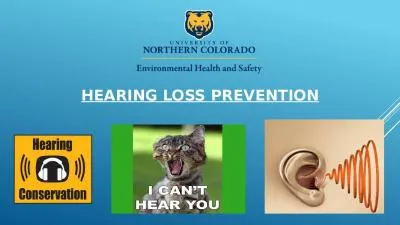PPT-Reading Strategies Used by School-Age Children With Hearing Loss
Author : SereneBeauty | Published Date : 2022-08-01
Monica C Kleekamp MS CCCSLP Fontbonne University Professional Forum Serving Children Who Are DHH in Inclusive Settings May 5 th 2017 Monica Kleekamp has no
Presentation Embed Code
Download Presentation
Download Presentation The PPT/PDF document "Reading Strategies Used by School-Age Ch..." is the property of its rightful owner. Permission is granted to download and print the materials on this website for personal, non-commercial use only, and to display it on your personal computer provided you do not modify the materials and that you retain all copyright notices contained in the materials. By downloading content from our website, you accept the terms of this agreement.
Reading Strategies Used by School-Age Children With Hearing Loss: Transcript
Download Rules Of Document
"Reading Strategies Used by School-Age Children With Hearing Loss"The content belongs to its owner. You may download and print it for personal use, without modification, and keep all copyright notices. By downloading, you agree to these terms.
Related Documents

